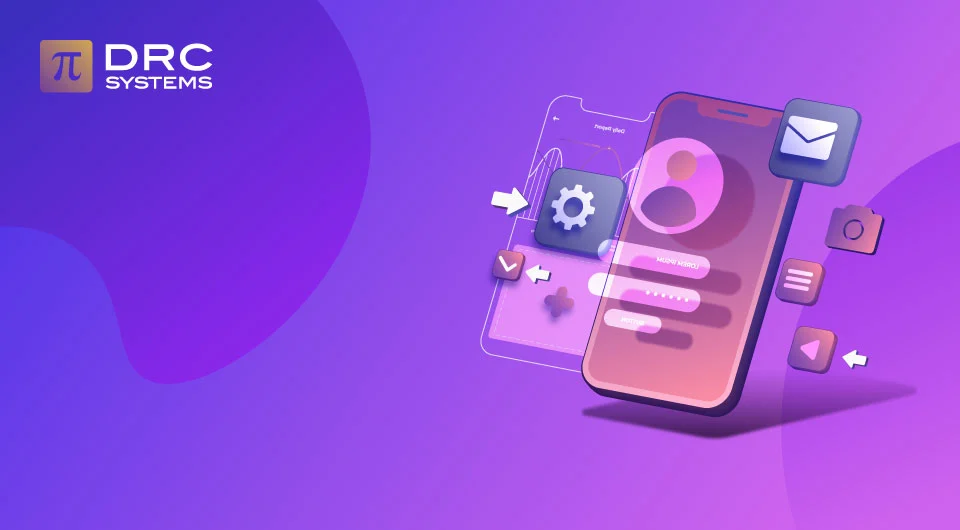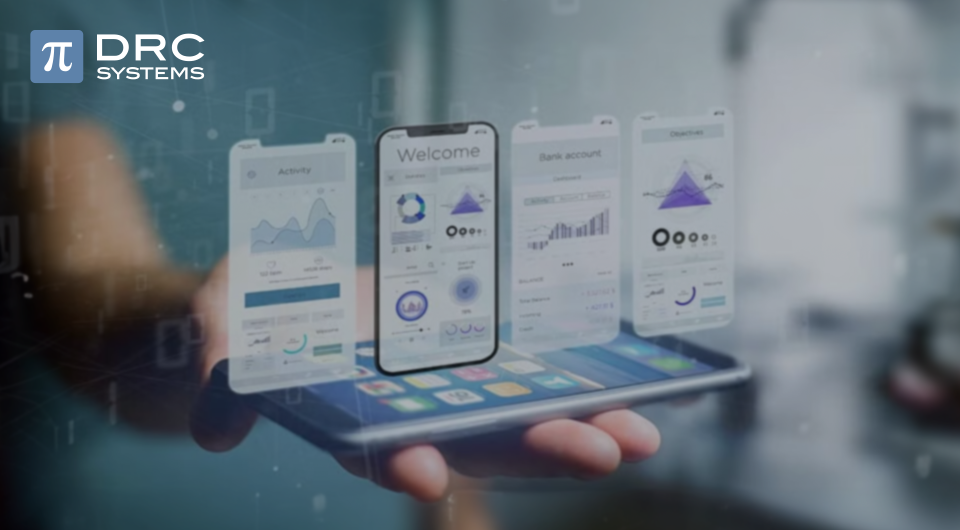Related Articles
The Importance of User Experience in Mobile App Development
In this blog, we’ll discuss the significance of UX in mobile app development. Read on for surprising insights into UX design.
Read The PostHow iPhone App Development Can Benefit Your Business.
Discover how an iOS app can enhance your business operations and growth.
Read The PostWhy Hire a Dedicated Android Developer for Your Business? Top Benefits
Top 10 benefits of hiring Android developers for business applications.
Read The Post


